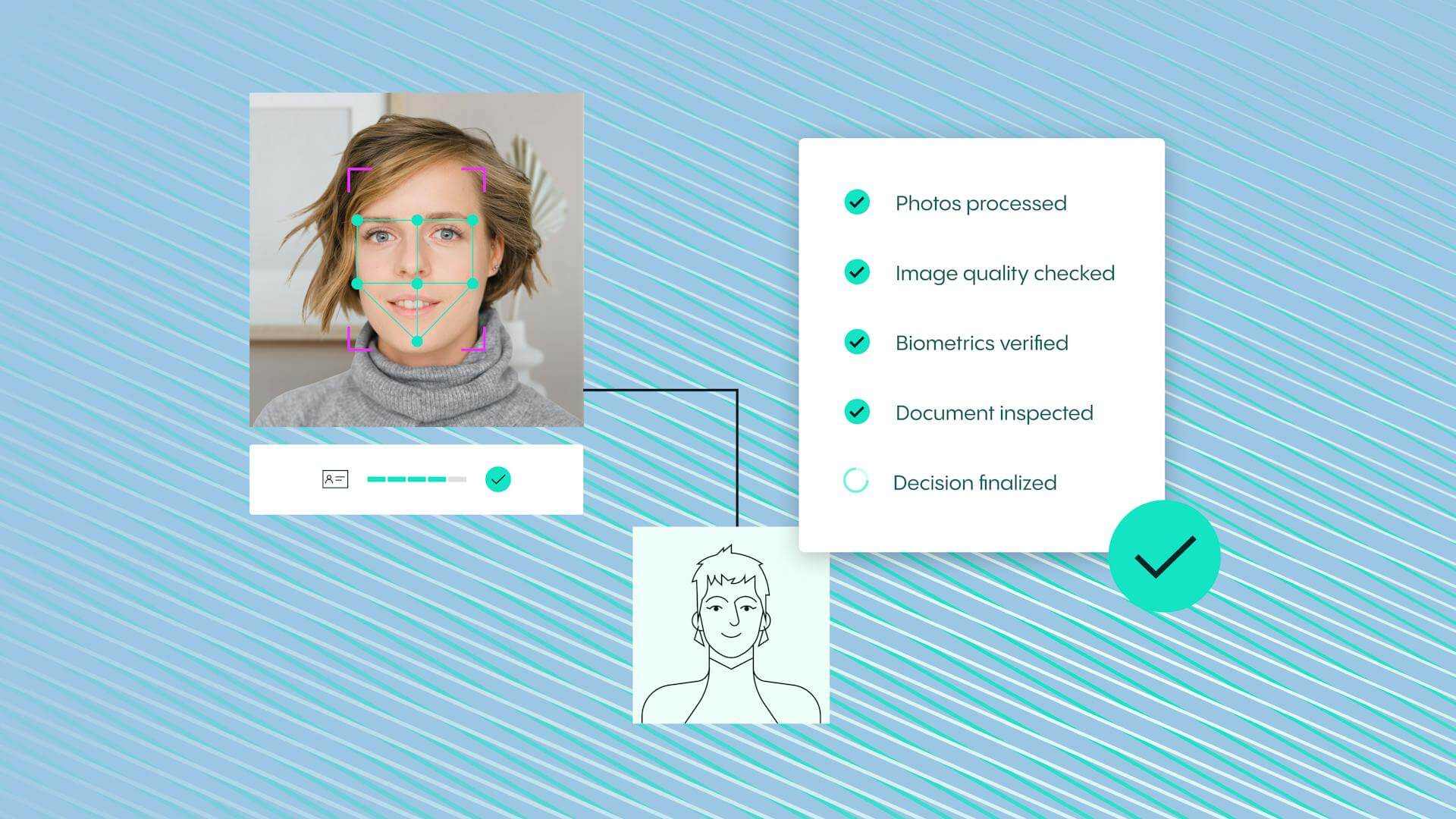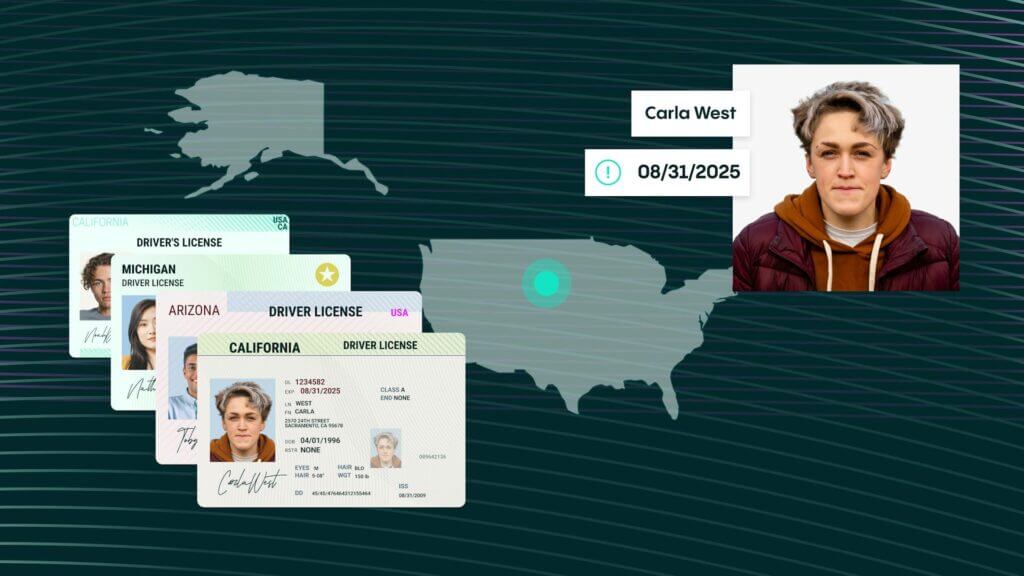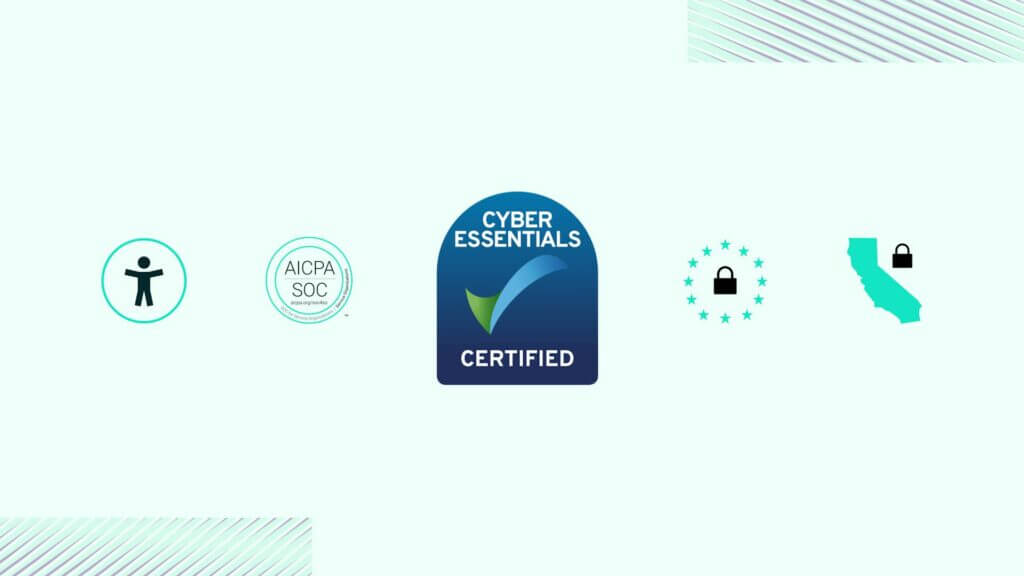Blog Post
Exploring Types of Authentication: A Comprehensive Guide
We take a look into different methods of authentication, how they work, and why companies need them to maintain excellent security. Additionally, discover what the most secure authentication method is.

Types of Authentication Methods
There are many types of authentication methods. These include:
- Token authentication
- Password authentication Biometric authentication
- Multi-factor authentication
- Certificate-based authentication
- Identification Authentication methods
- API authentication methods
- User authentication methods
- Vault authentication methods
- Web application authentication methods
- Wireless authentication methods
- Email authentication methods
- Database authentication methods
- Payment authentication methods
- Server and network authentication methods
- Passport and document authentication methods
- Online banking authentication methods
- Web browser authentication methods
- Remote authentication methods
- Cryptography authentication methods
- Two-factor authentication
In 2021, all sorts of applications are giving their users access to their service using a method of authentication, or multiple methods. Whether you use these services as a daily activity, part of a job, or access information to finish a specific task, you need to authenticate yourself in one way or another. This happens for security reasons – it is essential to make sure that users accessing protected information are who they claim to be.
Types of authentication can vary from one to another depending on the sensitivity of the information you’re trying to gain access. Applications usually require different authentication methods, each corresponding to its risk level.
In this article, we’ll dive deep into this topic and tell you about the various methods to authenticate users, ensure security, and find out which method is applicable for which authentication use case.
Why is authentication important?
Before we go through different methods, we need to understand the importance of authentication in our daily lives. Imagine it as the first line of defence, allowing access to data only to users who are approved to get this information. In order to make this defence stronger, organisations add new layers to protect the information even more.
Some authentication factors are stronger than others. The level of security entirely depends on the information you try to access in each case. We live in an era of ever-increasing data breaches. Simple username and password credentials are not so sufficient anymore to authenticate users online. Companies and organisations set up multiple factors of authentication for more security. Each one of them has its unique strengths and weaknesses. This is why we need to understand the different methods to authenticate users online.
Common Authentication Methods
There are a lot of different methods to authenticate people and validate their identities. Different systems need different credentials for confirmation. Depending on each use case, this credential can either be a password, biometric authentication, two-factor authentication, a digital token, digital certificate, etc.
Here are the most common methods for successful authentication, which can ensure the security of your system that people use daily:
Token authentication
A protocol that allows users to verify themselves and receive a token in return. They can then access the website or app as long as that token is valid. This system works like a stamped ticket – it simplifies the verification procedure for users that have to access the same app, webpage, or resource, multiple times.
Password authentication
The most common form of authentication. In this case, you need to match one credential to access the system online. You can come up with passwords in the form of letters, numbers, or special characters. The more complex your password is , the better it is for the security of your account.
Biometric authentication
Biometric authentication verifies an individual based on their unique biological characteristics. The system can help you verify people in a matter of seconds. It stores authentic data and then compares it with the user’s physical traits. There are different forms of Biometric Authentication. Let’s go through some of them:
Face Match
Face Match is Veriff’s authentication and reverification method that allows users to validate themselves using their biometric features. The technology confirms that a returning customer is who they claim to be using biometric analysis.
Fingerprint scanners
Fingerprints are the most popular form of biometric authentication. The system to verify users with them mainly relies on mobile native sensing technology. Fingerprints are easy to capture, and the verification happens by comparing the unique biometric loop patterns.
Voice recognition and identification
This is a system that can analyze a person’s voice to verify their identity. The technology relies on the fact that the way each human says something is unique – movement variation, accent, and many other factors distinguish us from one another.
Eye Scanners
Eye scans use visible and near-infrared light to check a person’s iris. This form of Biometric Authentication is considered in the same category as facial recognition.
Multi-factor authentication
This system requires users to provide two or more verification factors to get access. It can be an online account, an application, or a VPN. MFA can be the main component of a strong identity and access management policy . Setting up this system properly for security purposes will decrease every chance of a successful cyberattack.
Certificate-based authentication
This form of authentication uses a digital certificate to identify a user before accessing a resource. You can use this solution for all endpoints – users, mobile device, machines, etc. This is what makes this form of authentication unique. Most of the certificate-based authentication solutions come with cloud-based management platforms that make it easier for administrators to manage, monitor and issue the new certificates for their employees.
What is the most secure method of authentication?
As we can see from the list above, there are several secure authentication methods for users online and ensure that the right people access the right information. It might sound simple, but it has been one of the biggest challenges we face in the digital world. That’s the reason why we have so many different methods to ensure security.
The measure of the effectiveness with every authentication solution is based on two main components – security and usability. Both of these components are crucial for every individual case. This is why we consider Biometric and Public-Key Cryptography (PKC) authentication methods as the most effective and secure from the given options. Both of them eliminate passwords and protect highly secure information. Usability is also a big component for these two methods – there is no need to create or remember a password.
Alternative methods of authentication by application
As we mentioned before, you should choose the most suitable authentication method depending on your specific use case. There are lots of alternative solutions, and service providers choose them based on their needs. They have to authenticate users to access some database, receive an email, make payments, or access a system remotely.
Here are some examples of the most commonly used authentication methods such as two-factor authentication for each specific use case:
Identification Authentication methods
The most commonly used authentication method to validate identity is still Biometric Authentication. Think of the Face ID technology in smartphones, or Touch ID. These are the most popular examples of biometrics.
API authentication methods
If you start working with third-party APIs, you’ll see different API authentication methods. The most common ones for authentication are Basic Authentication, API Key, and OAuth. Each one of them ensures the information security on your platform.
User authentication methods
As we mentioned before, there are many methods to authenticate users online and make sure that they are who they claim to be. The most common authentication methods for that are Single-Factor, Two-Factor, Single Sign-On SSO, and Multi-Factor authentication.
Vault authentication methods
In vault systems, authentication happens when the information about the user or machine is verified against an internal or external system. The most common authentication forms for these systems are happening via API or CLI.
Web application authentication methods
There are several methods to authenticate web applications. It is important to handle security and protect visitors on the web. The most common authentication methods are Cookie-based, Token-based, Third-party access, OpenID, and SAML.
Wireless authentication methods
For Wi-fi system security, the first defence layer is authentication. There are different methods used to build and maintain these systems. It can be Open Authentication, or WPA2-PSK (Pre-shared key).
Email authentication methods
There are several different approaches to email authentication. The most commonly used standards are SPF, DFIM, AND DMARC. All of these standards supplement SMTP because it doesn’t include any authentication mechanisms.
Database authentication methods
In this case, authentication is important to ensure that the right people access a particular database to use the information for their job. In this case, authentication happens either with the Security Socket Layer (SSL) protocol or using third party services.
Payment authentication methods
This type of authentication exists to ensure that someone is not misusing other people’s data to make online transactions. Most of the time, identity confirmation happens at least twice, or more. The most common methods are 3D secure, Card Verification Value, and Address Verification.
Server and network authentication methods
Just like in any other form of authentication, network-level authentication methods confirm that users are who they claim to be. In this case, the system distinguishes legitimate users from illegitimate ones. The most common forms are two-factor, tokens, computer recognition, and single-sign-on authentication methods.
Passport and document authentication methods
The way we authenticate passports and other documents are through a database. Once users verify themselves, then they need to authenticate themselves to validate their user identities. The most commonly used practices for this can be Session-Based authentication and OpenID Connect authentication.
Online banking authentication methods
It is important for banks to have a proper authentication system set up, ensuring that users are who they say they are and not fraudsters. They use PIN numbers a lot, and other forms of knowledge-based identification. Also, they turn to Multi – Factor Authentication methods, which prevent the vast majority of attacks that rely on stolen credentials.
Web browser authentication methods
There are many options for developers to set up a proper authentication system for a web browser. Depending on a single use case and a goal, the most common methods are HTTP Basic Authentication, HTTP Digest Authentication, Session-based Authentication, and Token-based Authentication.
Remote authentication methods
This type of authentication is important for companies who have a remote work policy to secure their sensitive information and protect data. The most common remote authentication methods are Challenge Handshake Authentication Protocol (CHAP), Microsoft’s implementation of CHAP (MS-CHAP), and Password Authentication Protocol (PAP)
Cryptography authentication methods
Cryptography is an essential field in computer security. It is one of the methods to transfer private information through open communication. In this case, only the receiver with the secret key can read the encrypted messages. The most common authentication methods are Password Authentication Protocol (PAP), Authentication Token, Symmetric-Key Authentication, and Biometric Authentication.














